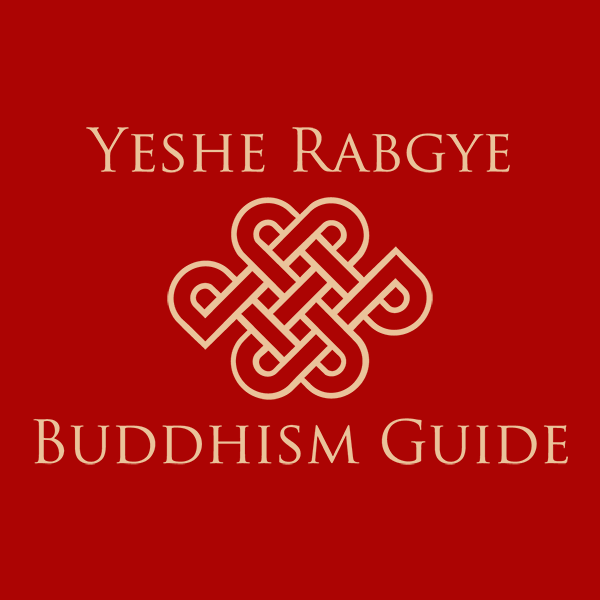The Power of the Breath
During the pandemic, wouldn’t it be wonderful if we had something that will improve our sleep, digestion, immune and respiratory functions, while reducing our blood pressure and anxiety? The good news is there is something and it is called ‘breathworks.’
These days people seem to be in a constant state of stress and anxiety, and this is caused by an over-activation of the sympathetic nervous system, which puts us into the fight or flight mode. This can be caused by not breathing properly, especially breathing too fast.
When we breathe properly, we activate the parasympathetic nervous system, the rest and digest mode, which promotes inner calm and physical relaxation. Proper breathing provides a healthy means of reducing anxiety, restlessness, and stress, and this can be achieved by breathing from the diaphragm.
By breathing properly, you increase the oxygen in your bloodstream, making more oxygen available to your brain. The brain uses up to three times as much oxygen as your other muscles do, and this translates to more physical energy, mental clarity, and greater productivity and creativity.
By learning to direct your attention to your breath, you can condition yourself to shift out of the fight or flight mode and into the rest and digest mode. So, from stress and anxiety and into calm and relaxation.
Do this test a moment, put your left hand on your chest and your right hand on your stomach. Now, breathe normally and notice which hand rises higher when you breath in. If it is your lefthand on the chest that rises more, you are breathing incorrectly or you are stressed.
Now, do this test. Take some slow, deep breathes in through the nose and notice if your shoulders rise up. If they do, then again, you are breathing incorrectly.
You may be thinking that your breath is involuntarily, and you have no control, but breathing is both a voluntary and involuntary function.
Involuntary breathing is an automatic bodily process. Voluntary breathing occurs when you bring your awareness to the process of breathing. Here are a few breathing exercises you can do.
Diaphragm Breathing
The proper way for us to breath is with the diaphragm. There are several diaphragm breathing exercises and techniques that you can do that will help you to use your diaphragm correctly.
The following diaphragm exercise can be a little tiring at first but the more you do it, the more natural it becomes.
- Sit in a comfortable position with your feet flat on the ground.
- Relax your shoulders, head, and neck.
- Put your left hand on your upper chest and the right hand on your stomach, so you can feel the movement of your diaphragm.
- Inhale slowly through your nose for the count of 3 and notice your stomach rise.
- Keep the hand on your chest as still as possible.
- Hold your breath for the count of 2
- Exhale through pursed lips – like you’re blowing a candle out – for the count of 6, keeping your left hand on your chest still.
- Continue breathing like this for 5 to 10 minutes and repeat 3 times a day.
Breathing for Relaxation
Alternate Nostril Breathing has been shown to enhance cardiovascular function and to lower heart rate. It’s a simple yet powerful technique that settles the mind and relaxes the body. It is especially helpful to slowdown your racing thoughts if you are experiencing anxiety, stress, or having trouble sleeping.
- Choose a comfortable seated position with your feet flat on the floor.
- Gently close your left nostril and breath in slowly and fully through your right nostril.
- Hold the breath for a moment.
- Close your right nostril and open the left nostril. Exhale slowly and gently through the left nostril.
- Keeping your right nostril closed, breathe in through your left nostril.
- Pause for a moment.
- Release your fingers to open your right nostril and close your left nostril. Exhale through right nostril.
- This is one cycle.
- Continue this breathing pattern for 3 minutes to begin with and then slowly build it up to 5 minutes.
- Finish your session with an exhale on the right side.
Breathing to Increase Energy
The Three Part Breathing focuses first on the diaphragm, then the abdomen, and lastly the chest to increase oxygen in the blood and stimulate the body. Sit up straight and place your feet flat on the ground.
- Relax your shoulders, neck, and head.
- Place one hand over your stomach and inhale deeply, feeling your stomach rise as it inflates.
- Exhale and feel your stomach deflate.
- Repeat five times.
- Now move your hand higher to your rib cage.
- Inhale and feel your rib cage expand. Then exhale, and feel it deflate.
- Repeat five times.
- Finally place your hand on your chest and inhale feeling it rise.
- Exhale and feel your chest lowering.
- Repeat five times.
Breathing to Reduce Stress and Anxiety
This four-square breathing exercise is an effective way to reduce stress or anxiety and increase feelings of calm and peacefulness. When you become anxious, your breathing becomes fast and shallow because you start to chest breathe. This can cause you to inhale too much oxygen and may cause you to become light-headed. Instead, you need to breathe slowly and deeply, which turns off your ‘fight or flight response’ and switches on your ‘rest and digest response.’
As you breathe slowly, deeply, and evenly, in and out through your nose, you should naturally feel your stomach rising on the in-breath and falling on the out-breath.
- Take a deep breath through your nose and slowly count to four.
- Pause and slowly count to four.
- Exhale through your nose to a slow count of four.
- Pause and again slowly count to four.
- Inhale – one, two, three, four
- Pause – one, two, three, four
- Exhale – one, two, three, four
- Pause – one, two, three, four
- Repeat this cycle for 3 to 5 minutes.
There are so many different breathing exercises these days, so test them out and find the ones that work for you. But remember, there is only one correct way to breath and that is diaphragm breathing. This needs to be practiced daily, so it becomes your involuntary way of breathing.
You can read more blogs, listen to podcasts, watch videos and practice guided meditations on the Buddhism Guide app. Available from the Apple Store and Google Play. You can also visit my website.
If you would like to become a supporter of Buddhism Guides work, such as podcasts, blogs, videos and guided meditation practices, please visit here. You can support for as little as $2 a month.




